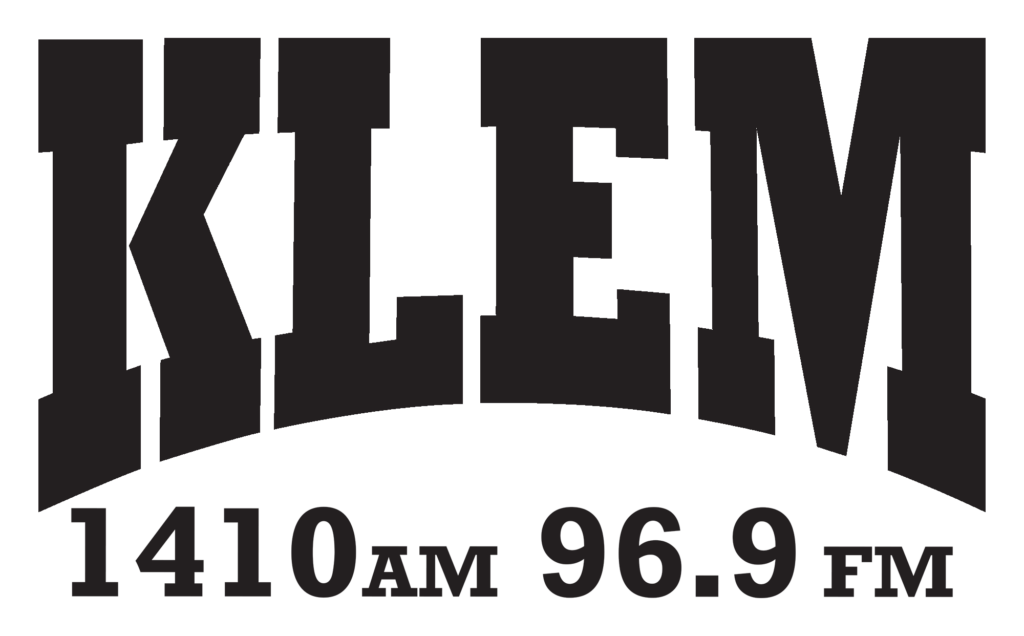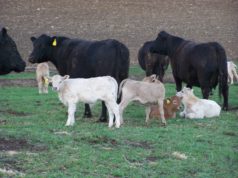(Le Mars) — More than 300 concerned farmers attended a drought meeting on Thursday hosted by the Plymouth County Extension Services. Each, with probably the same question on their minds, “What options do I have with my crop as a result of this ongoing drought?” Many farmers are wondering if chopping the corn for silage would be economical, feasible and safe.
Both Joel DeJong, Extension Crops Specialist, and Beth Doran, Extension Livestock and Forage Specialist, suggested to the farmers they need to test their corn for nitrates before chopping it for silage. De Jong also stressed to wait before cutting the corn to make certain the moisture percentage is at the right level. DeJong says a common mistake made by farmers during drought conditions is believing the corn is drier than the actual moisture level. He told the group that cut silage should be between 65 and 70 percent moisture if the silage is stored in either a bunker or an ag bag. Silage stored in an upright silo should be of at least 60 to 65 percent moisture. Both Doran and DeJong warned farmers of how silage seepage can be a danger to fish in local ponds. Doran also cautioned farmers if they have a farm pond to check it for algae. She says if cattle drink from the pond with algae, it could prove to be deadly. She was also asked by a cattle
producer how long should a farmer wait before feeding green cut silage to cattle Her reply was, “three weeks.”
Agricultural economist, Dr. William Edwards appeared via a web cam from Ames. He told farmers they need to visit with their crop insurance agent, and they should do so in the near future. Edwards offered a series of scenerios as to how much revenue return farmers could expect based on their yield loss and the average price per bushel.








